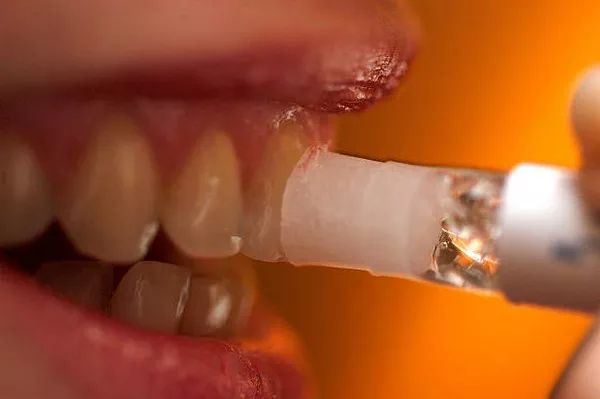Yellow teeth can be a source of embarrassment and self-consciousness for many people. While there are various factors that can contribute to tooth discoloration, poor oral hygiene and gum disease have been identified as leading causes. In this article, we will explore the connection between gum disease and yellow teeth, discussing the mechanisms behind tooth discoloration and how it relates to overall oral health.
The Causes of Gum Disease
Gum disease, also known as periodontal disease, is a chronic inflammatory condition that affects the tissues surrounding the teeth. It is caused by the buildup of plaque and tartar on the teeth, which can lead to inflammation and infection in the gums. Over time, the disease can progress, causing the gums to recede and the teeth to become loose or even fall out.
Several factors can increase the risk of developing gum disease, including poor oral hygiene habits, smoking, genetics, and certain medical conditions such as diabetes. The condition is also more prevalent among older adults and those with weakened immune systems.
How Gum Disease Causes Yellow Teeth
While poor oral hygiene and certain foods and drinks can cause tooth discoloration, gum disease can also contribute to yellowing of the teeth. As the disease progresses, the bacteria in the mouth can produce toxins that break down the enamel on the teeth, making them appear yellow or brown. Additionally, as the gums recede, the roots of the teeth may become exposed, which can also affect their color.
Treating Gum Disease and Yellow Teeth
Fortunately, gum disease and tooth discoloration caused by the condition can be treated. The first step is to improve oral hygiene habits, including brushing and flossing regularly and visiting the dentist for cleanings and checkups. In some cases, more advanced treatments such as deep cleaning or surgery may be necessary to remove plaque and restore gum health.
To address tooth discoloration specifically, there are a variety of options available. Professional teeth whitening treatments can effectively remove surface stains and brighten the teeth, while cosmetic procedures like veneers or bonding can improve the appearance of severely discolored teeth.
The Importance of Maintaining Good Oral Health
Preventing and treating gum disease is not only important for preserving the appearance of your teeth, but also for maintaining overall oral health. Gum disease has been linked to a range of serious health conditions, including heart disease, stroke, and diabetes. By taking care of your teeth and gums, you can not only improve the aesthetics of your smile, but also reduce your risk of developing these and other health problems.
Conclusion:
In conclusion, gum disease is a common condition that can contribute to yellowing of the teeth. Fortunately, with proper oral hygiene habits and professional treatment, both the disease and its associated tooth discoloration can be effectively managed. By prioritizing good oral health, individuals can enjoy a brighter, healthier smile and reduce their risk of developing serious health problems.
Related Topics:





























